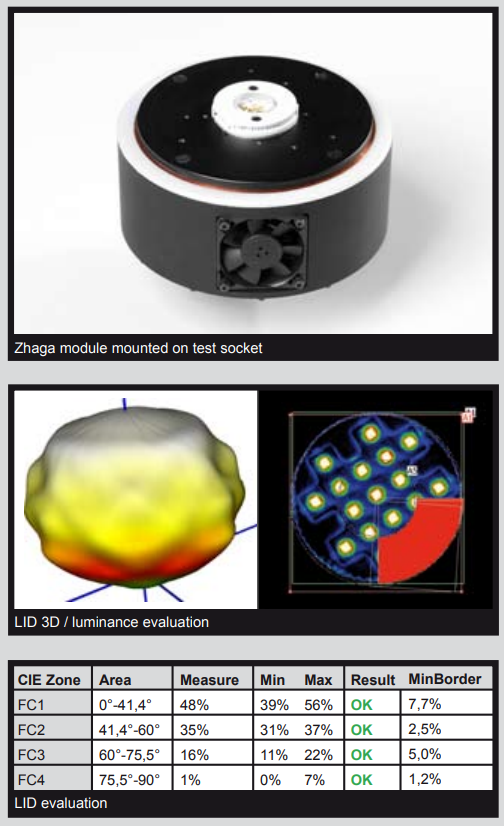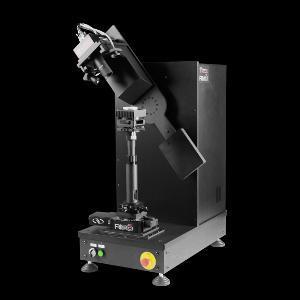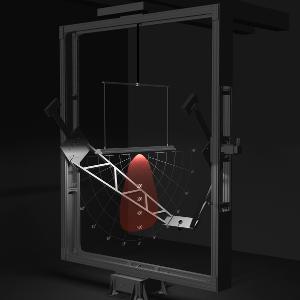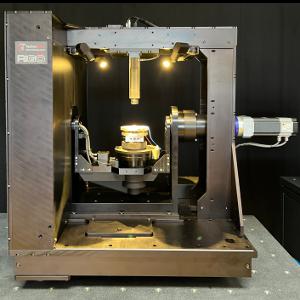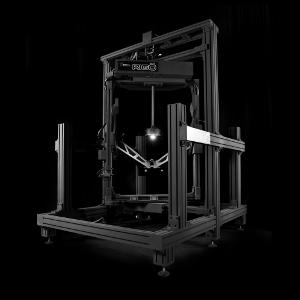- Home
- Application
- Lighting
- Ray File Goniophotometer RIGO801
The goniophotometers of the RiGO801 model series are based on the near-field measuring principle. A luminance measurement camera (ILMD) records the complete spatial and angle-resolved luminance distribution, Ray File, around the light source. Ray data and the far-field luminous intensity distribution are calculated from this.
The RiGO801 goniophotometer systems are available in different sizes. The application of the smaller devices is more in the field of ray data (ray file) measurement of small light sources (Micro LEDs, LEDs, OLEDs, modules). With the larger devices, the focus is on measuring the luminous intensity distribution in accordance with the standards IES LM-79-19 and EN 13032-4 or CIE S 0 25. Spectral and colorimetric characterization (CCT, CRI, IES TM-30, ...) is provided by the goniospectrometer add-on.
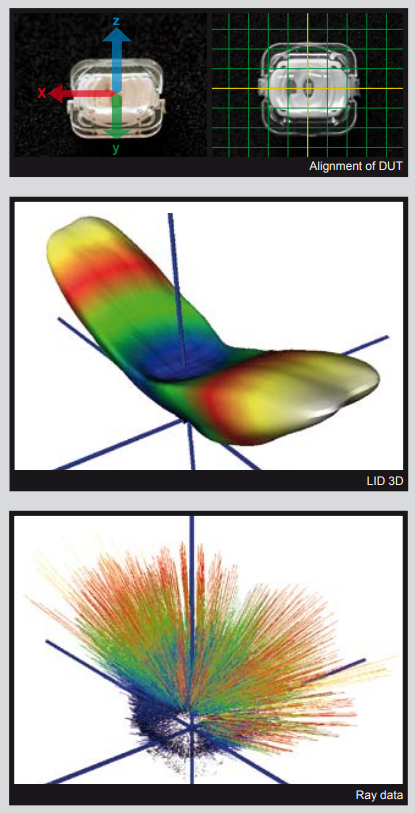
RIGO801
Goniophotometer
For the purpose of measuring light data from LEDs and lamps, a smaller angular photometer module has been designed. The object to be measured is aligned with the display's coordinate axes and camera to achieve high-resolution ray data measurement. This measurement is conducted at a high speed (typical measurement times between 1 hour and 4 hours, with angles ranging from 1° to 0.5°). Light data is measured using various spectral filters to spectrally characterize the data. The resulting data can be output in all common ray data formats (ASAP, Optis, LightTools, LucidShape, Zemax, TracePro, SimuLux, Photopia) through a free conversion program.
